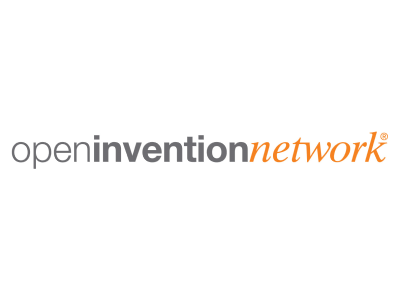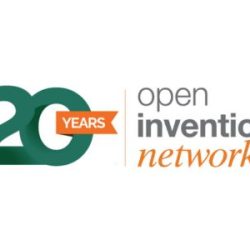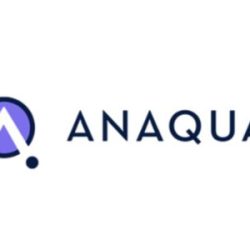According to a report by Contrive Datum Research, the market for machine learning (ML) is expected to reach $209 billion by 2030. When companies and organizations speak of deploying artificial intelligence (AI), they are almost certainly using machine learning. ML is a subfield of AI that gives computers the ability to learn without explicitly being programmed.
These platforms can quickly analyze data, spot trends, generate actionable intelligence and “create” content. The growth of the market is mostly due to the enormous promise ML and AI hold for end-use industries like healthcare, media, legal, automotive, retail and manufacturing, among many others.
Open source software plays an important role in ML and AI. The most used ML platforms – OpenAI and Meta’s Llama – are available as open source, or freely available to download and use. Additionally, an ever-growing number of training and interface tools are also open source.
While Python, the object-oriented, high-level programming language, is not new it appears tailor made for AI/ML development. Its high-level, built-in data structures, combined with dynamic binding make it very attractive for rapid application development. Its use as a scripting language to connect existing components together, in combination with its other benefits make the Python language and components the de facto standard for developing, training and inferencing ML platforms.
While ML and AI development and use is growing at an astonishing rate, so too is the risk associated with AI / ML patent lawsuits. Open Invention Network is working to reduce that risk. It now has more than 200 Python software components and packages covered by its cross license.
“For more than 20 years, open source has been a critical enabler of new and advanced technologies. OSS is a cornerstone for success in machine learning or artificial intelligence platforms,” said Keith Bergelt, CEO of Open Invention Network. “Python is essential in developing, training and inferencing ML platforms. We provide our community members with free cross licenses to more than 200 Python building block components and key libraries.”
Open Invention Network, founded more than 15 years ago to safeguard the open source community from patent aggressors – and funded by Google, IBM /Red Hat, NEC, Philips, Sony, SUSE and Toyota – is taking steps to lower patent risk in ML and AI. With more than 3,800 community members, Open Invention Network is the largest patent non-aggression community in history. Its members share a royalty-free cross license of patents that read on something called its Linux System definition.
Open Invention Network’s Linux System definition details what software packages and components are covered by the cross license. By joining OIN community, which costs nothing, companies that are developing ML and AI software get an inexpensive way to lower their patent risk.
You may also like…
Panasonic Automotive Systems joins Open Invention Network to bolster open-source software development
Panasonic Automotive Systems (PAS) is a leading global provider of advanced technologies, such as infotainment...
Pillsbury expands tech sector strength in London with arrival of IP partner Steven James
November 12, 2025 – As one of the Technology Industry’s premier global law firms, Pillsbury has added Steven James as...
EIP celebrates 25 years of making a difference: where IP matters
London, November 6, 2025 - EIP, the international patent law firm, is proud to celebrate its 25th anniversary this...
Contact us share your movers & shakers news













